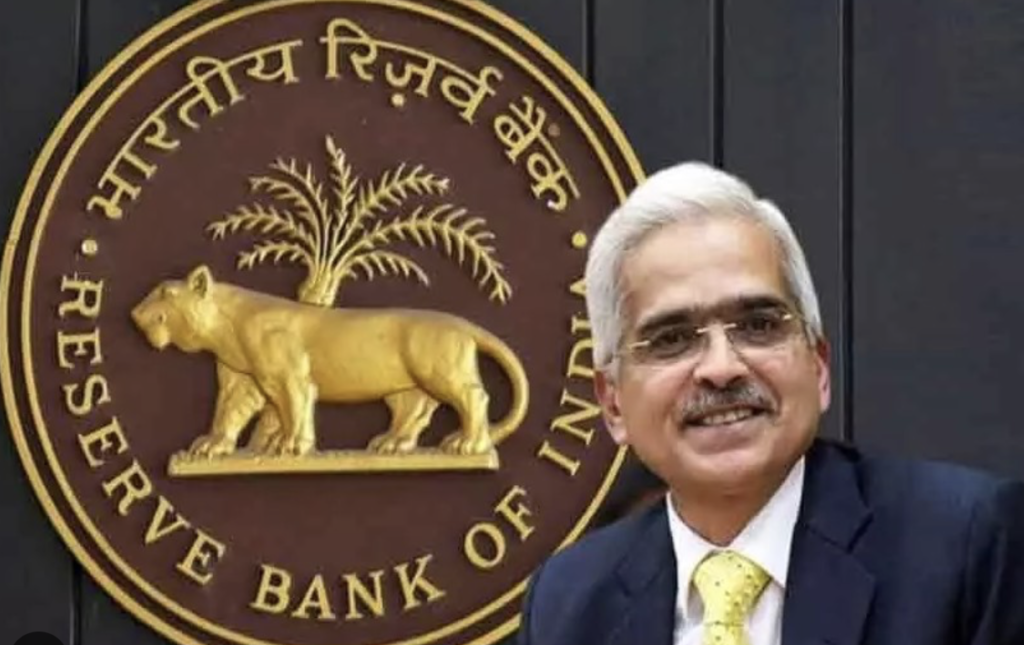- Repo Rate is raised by 25 basis points by RBI to 6.5% from 6.25%. sixth consecutive hike.
- SDF rate increases from 6.00% to 6.25%.
- Rate for MSF is 6.75%. Earlier 6.5%.
- India’s central bank would continue to promote growth while maintaining its “removal of accommodation” posture.
- The MPC resolved to continue focusing on the removal of accommodations in order to lower inflation and support growth by a 4 out of 6 margin.
- On the world economy:
“The picture for the world economy isn’t as bleak as it was a few months ago. Major economies now have better growth prospects, and inflation is declining. In most major economies, inflation is still well above the desired level.
- Economic activity should be supported by increased Rabi output, improving rural demand, solid credit expansion, increases in consumer and corporate optimism, and the government’s recent focus on Capex.
- According to NSO, real GDP growth will increase by 7% between 2022 and 2023.
- Policy rates remain accommodating after accounting for inflation.
- India’s economy is anticipated to perform well in the face of global uncertainties.
- Domestic air passenger traffic and sales of passenger vehicles both experienced strong Yoy growth. In December 2022, domestic air passenger volume first surpassed pre-pandemic levels.
- Rural demand is increasing, as seen by a rebound in retail sales of tractors and two-wheelers.
- PMI for services was 55.4 in December and 57.2 in January 2023, remaining in expansion mode.
- Due to the ongoing rebound in discretionary spending on services like travel, tourism, and hospitality, urban consumption demand has been strengthening.
- Steel and cement experienced significant increase.
- seasonally appropriate In 2Q2022-23, capacity utilisation rose to 74.5%.
- Agriculture continued to flourish.
- In FY24, real GDP growth is anticipated to be 6.4%. Real GDP growth from April to June was 7.8%.
- The real GDP growth estimate for FY23 was raised from 6.8% to 7%.
- Real GDP growth is anticipated to be 6% from October to December 2022.
- The likelihood of inflation exceeding the 4% target is high.
- The CPI slowed in November and December by 105 bps.
- Core inflation has not changed.
- In FY23, the RBI predicts that retail inflation will drop to 6.5% from 6.7%. The expected retail inflation rate for the upcoming year is 5.3%.
- About Liquidity:
With an average daily absorption of Rs. 1.6 lakh crores under LAF, liquidity is still in excess.
- The Indian Rupee’s low volatility lessened the effects of global spillovers.
- In the second part of 2022–2023, CAD is probably going to moderate and become tolerable.
From April to December 2022, FDI inflows increased to $22.3 billion.
Statement on Developmental and Regulatory Policies
This Statement sets out various developmental and regulatory policy measures relating to (i) Financial Markets; (ii) Regulation; (iii) Payment and Settlement Systems and (iv) Currency Management.
1. Introduction of Securities Lending and Borrowing in Government Securities
A well-functioning market for securities lending and borrowing will add depth and liquidity to the Government securities market, aiding efficient price discovery. It is, therefore, proposed to permit lending and borrowing of Government securities which will augment the existing market for ‘special repos’. The system is expected to facilitate wider participation in the securities lending market by providing investors an avenue to deploy idle securities and enhance portfolio returns. Draft Directions will be issued separately for stakeholder comments.
2. Recovery of Penal Charges on Loans
In terms of extant guidelines, Regulated Entities (REs) have the operational autonomy to formulate Board approved policy for levy of penal interest on advances which shall be fair and transparent. The intent of penal interest was essentially to inculcate a sense of credit discipline among borrowers through negative incentives but such charges are not meant to be used as a revenue enhancement tool over and above the contracted rate of interest. Supervisory reviews have indicated divergent practices amongst REs with regard to levy of penal interest which were excessive in certain cases, leading to customer grievances and disputes.
The extant regulatory guidelines on levy of penal interest have been reviewed in the above context. It has been decided that any penalty for delay/default in servicing of the loan or any other non-compliance of material terms and conditions of loan contract by the borrower shall be in the form of ‘penal charges’ in a reasonable and transparent manner and shall not be levied in the form of ‘penal interest’ that is added to the rate of interest being charged on the advances. Further, there shall be no capitalisation of penal charges (i.e., the same shall be recovered separately and shall not be added to the principal outstanding). However, in case of any deterioration in credit risk profile of the borrower, REs shall be free to alter the credit risk premium under extant guidelines on interest rate. Draft guidelines to the above effect shall be placed on RBI website shortly, for comments from stakeholders.
3. Regulatory Initiatives on Climate Risk and Sustainable Finance
Being a full-service central bank with financial stability as part of its mandate, the Reserve Bank recognises that climate change can translate into climate-related financial risks for Regulated Entities (REs) which can have broader financial stability implications. Therefore, to prepare a strategy based on global best practices on mitigating the adverse impacts of climate change, a Discussion Paper (DP) on Climate Risk and Sustainable Finance was placed on RBI website on July 27, 2022, for public comments and feedback. Based on analysis of the feedback received in this regard, it has been decided to issue the following guidelines for REs:
- Broad framework for acceptance of Green Deposits;
- Disclosure framework on Climate-related Financial Risks, and;
- Guidance on Climate Scenario Analysis and Stress Testing.
The guidelines will be issued in a phased manner. Further, the Reserve Bank shall have a dedicated webpage on its website which will consolidate all instructions, press releases, publications, speeches and related RBI communication on climate risk and sustainable finance.
III. Payment and Settlement Systems
4. Expanding the scope of Trade Receivables Discounting System (TReDS)
The guidelines on Trade Receivables Discounting System (TReDS) were issued in December 2014 with the objective of facilitating the financing of trade receivables of MSMEs. Subsequently, three entities started operating TReDS platforms and two more entities have been granted in-principle authorisation. These entities process about ₹60,000 crore worth of transactions annually.
To provide further impetus to TReDS platforms, their scope of activity is proposed to be expanded as stated below. These measures will help in further improving the cash flows of MSMEs.
- Insurance facility will now be permitted on TReDS. This will encourage financing / discounting of payables of buyers irrespective of their credit ratings. Accordingly, insurance companies will be permitted to participate as a “fourth participant” on TReDS, apart from the MSME sellers, buyers and financiers.
- All entities / institutions eligible to undertake factoring business under the Factoring Regulation Act will be permitted to participate as financiers in TReDS.
- Secondary market operations will now be enabled on TReDS platforms. This would allow financiers to offload their existing portfolio to other financiers within the same TReDS platform, if required.
5. Extending UPI for Inbound Travellers to India
Unified Payments Interface (UPI) has become a ubiquitous payment instrument for retail electronic payments in India. An enhancement has recently been made to provide UPI access to non-resident Indians who have international mobile numbers linked to their NRE / NRO accounts. It is now proposed to permit all inbound travellers to India also to access UPI for their merchant payments (P2M) while they are in the country. To start with, this facility will be extended to travellers from the G-20 countries, arriving at select international airports. Going forward, this facility will be enabled across all other entry points in the country. Necessary operational instructions will be issued shortly.
6. QR Code based Coin Vending Machine – Pilot project
To improve distribution of coins among members of the public, the Reserve Bank of India is preparing a pilot project on QR Code based Coin Vending Machine (QCVM) in collaboration with a few leading banks. The QCVM is a cashless coin dispensation machine which would dispense coins against a debit to the customer’s bank account using Unified Payments Interface (UPI).
Unlike cash-based traditional Coin Vending Machine, the QCVM would eliminate the need for physical tendering of banknotes and their authentication. Customers will also have the option to withdraw coins in required quantity and denominations in QCVMs.
The pilot project is planned to be initially rolled out at 19 locations in 12 cities across the country. These vending machines are intended to be installed at public places such as railway stations, shopping malls, marketplaces to enhance ease and accessibility. Based on the learnings from the pilot tests, guidelines would be issued to banks to promote better distribution of coins using QCVMs.
(Yogesh Dayal)
Chief General Manager (Source-RBI)




